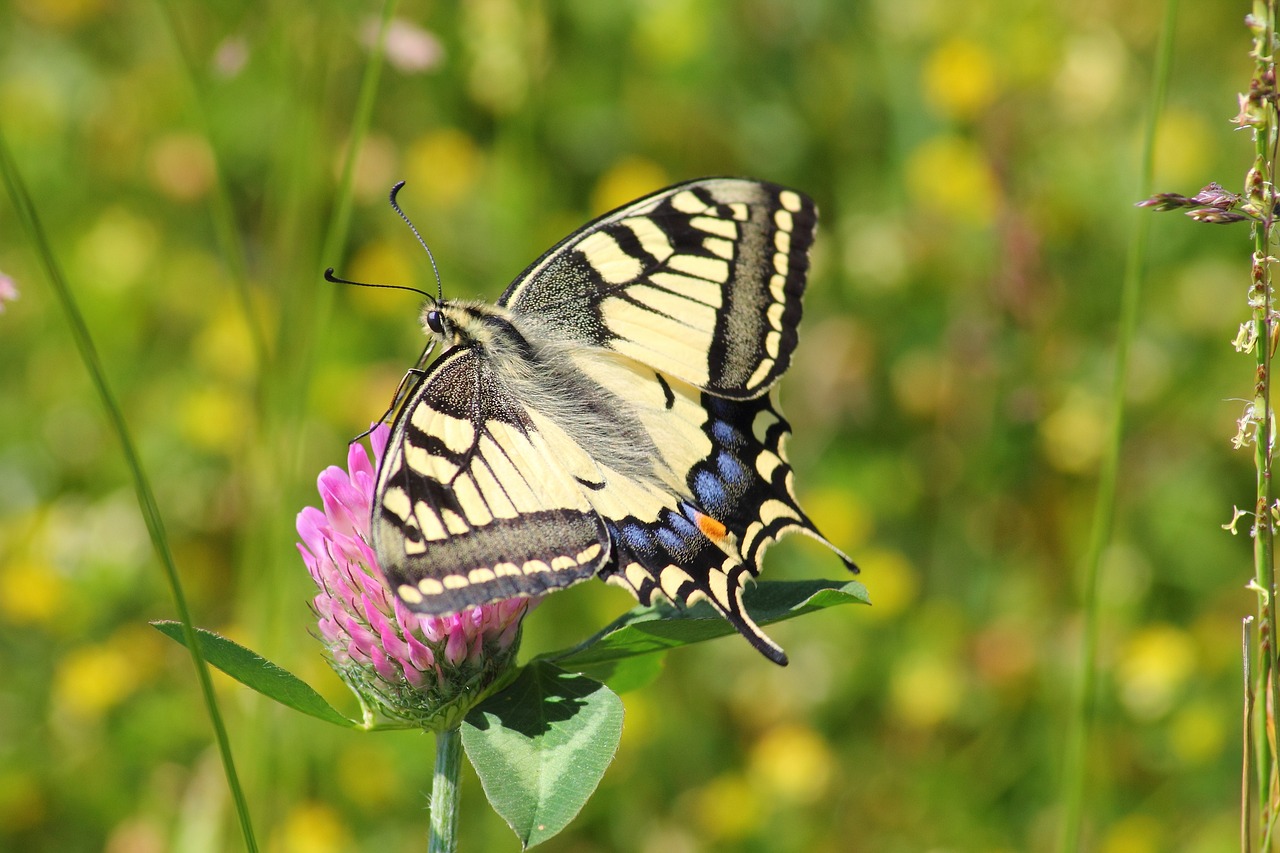The development of plasmonic paint, inspired by butterfly wings,
shows great promise in terms of energy efficiency, weight reduction,
and longevity. This innovative paint creates color structurally through
the arrangement of nanoparticles, eliminating the need for
pigments.
Plasmonic paint has the potential to significantly reduce energy
consumption in various applications. By reflecting the entire infrared
spectrum, it absorbs less heat compared to conventional paint. This
property helps keep surfaces cooler, which can lead to energy
savings by reducing the need for air conditioning. The potential
energy savings and subsequent reduction in carbon dioxide
emissions make it an attractive solution for combating global
warming.
Plasmonic paint is exceptionally lightweight. At just 150 nanometers
thick, it is considered the lightest paint ever created. Its low weight
makes it highly suitable for applications where weight reduction is
critical, such as aerospace industries. The ability to cover large
surfaces with significantly less paint volume can potentially lead to
substantial fuel savings in areas like aviation.
Unlike traditional pigment-based paints that fade over time due to
pigment degradation, plasmonic paint offers long-lasting coloration.
The structural coloration mechanism ensures that the paint retains
its color for centuries. This durability makes it an appealing choice for
applications where color longevity is desired, such as architectural
coatings.
While plasmonic paint has been successfully developed in the lab,
further work is needed to scale up production. Techniques used to
create the paint in various colors have shown potential for scalability.
However, the transition from academic labs to large-scale production
facilities will require additional research, optimization, and cost
reduction efforts.
Plasmonic paint’s color is generated through the arrangement of
nanoparticles rather than relying on specific pigments. This structural
coloration approach is inspired by the vivid colors observed in the
Natural world, such as those found in butterfly wings. The ability to
achieve a wide range of colors without the need for new pigments
for each shade presents exciting opportunities for customization and
creative applications.
It is important to note that while plasmonic paint holds significant
promise, it is still in the early stages of development. Further
research and commercialization efforts are necessary to bring this
technology to market and realize its full potential in various
industries.








